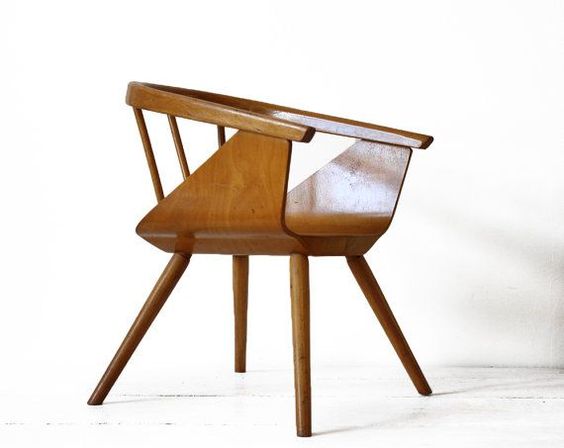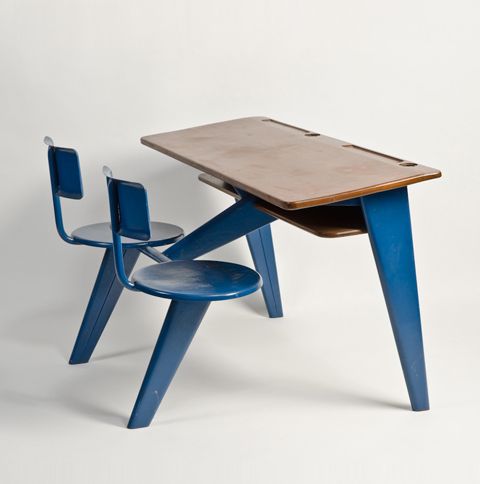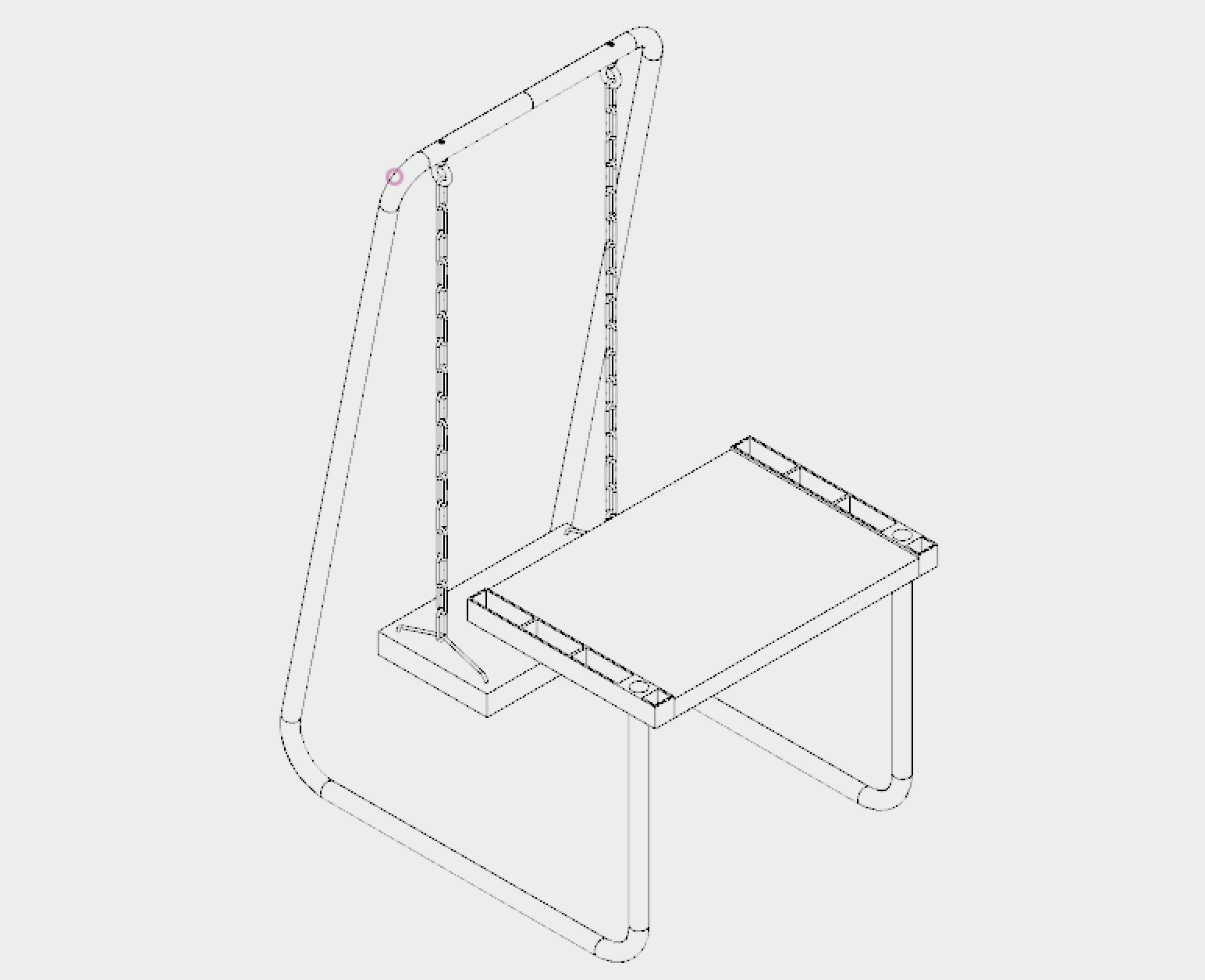EDU- SWING
Who Children
What Learning
When Current
Where Brooklyn, NY
Why Education
What Learning
When Current
Where Brooklyn, NY
Why Education
Case Study
“Homework dynamic”
How can we apply play to homework in order to change children's future relationship with learning?


Insight
While working on production and flat packaging solutions with SwingTables - we thought, adults like these tables beacuase they can bring them back to being a kid.
Inspiration

How could we flip this equation, how can we utilize a child's propensity for movement and play and use it to build a positive relationship with the inevitable adult workstation.
Plus, finding ways to get kids to "want" to sit down and do their homework, seems like a worth-while task.
The desks that we all remember from primary school and a few of the major figures from our childhood where the inspiration.
To exhibit the “vibe”, a mood-board is provided below













Ideation:
If you change the experience that a child has while doing their homework, will it change the relationship they have with learning?
"The goal of homework at this age should be to help kids develop good study habits and feel successful" - Harris Cooper, Ph.D. a professor of psychology at Duke University, in Durham, North Carolina, who recently completed a homework study involving 700 kids
“All children benefit from easy ways to organize their work/play spaces. Consider shelves or bins or other designated places with pencils, paper, pencil sharpener, ruler, etc."
Often, what appears to be a negative attitude toward homework is actually frustration over not having the necessary tools easily at hand. Providing the organizational scaffolding for your child helps eliminate some of that distress.
- Dr. Cynthia Herbert, co-author of "The Missing Alphabet."
Design
Taking inspiration from the old and applying the new. We explored differing shapes and functions on the apparatus and tabletop its self. The goal is to provide children with as many tools as possible, from digital to physical, to engage them efficiently and respectful of their energy.


Prototype
Renders exploring the size, proportion and structural requirments.









Conclusion
Many have expressed interest in trying a prototype with their kids.
A potential holiday present for my sisters soon to be 4-8 y/o old girls..
A potential holiday present for my sisters soon to be 4-8 y/o old girls..
Next Steps
Physical prototype to test structural design.
Financing for proof of concept: one-off fabrication.
Exhibit to public.